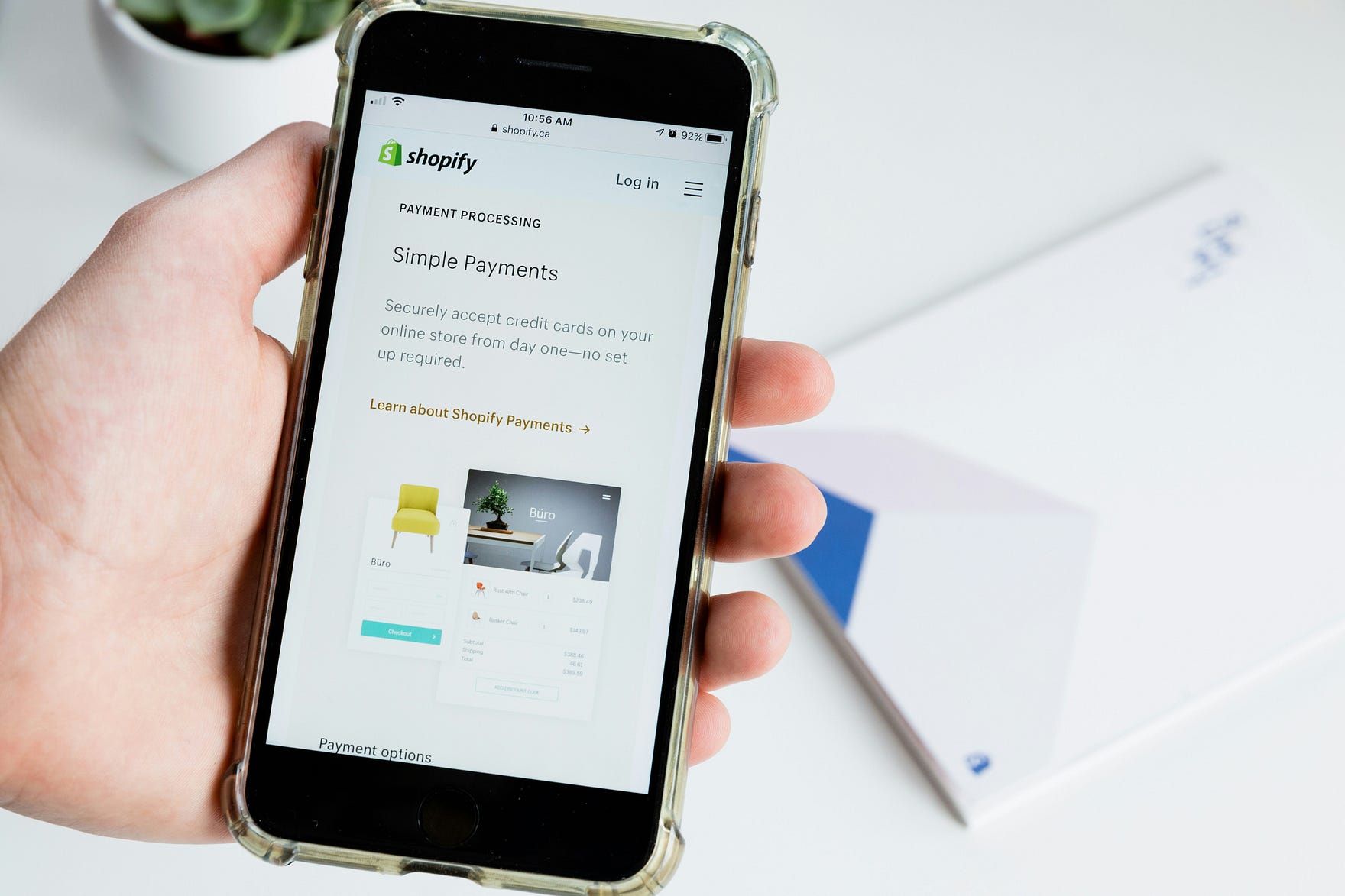In 2006, three snowboarding enthusiasts were trying to sell snowboarding equipment when they realized none of the existing platforms could solve their problem. At that time, Shopify’s alternatives were primarily WordPress, Joomla, and Drupal. Magento hadn’t come up until 2007.
They wanted fine-grained control over their online store, which none of these platforms could provide, so they built their own. Last we checked, there were over 1.7 million merchants around the world selling stuff on Shopify.
This article will introduce you to the Shopify ecosystem and help you with resources to get started with your own business on Shopify. We’ll talk about the following things:
- Why Shopify?
- The Shopify Ecosystem
- Selling Your First Product with Shopify
Let’s get right in!
Why Shopify?
The Shopify ecosystem has been evolving for the last few years to ensure that despite new features to allow for more customization and functionality being introduced all the time. Despite that, the platform remains user-friendly and easy to use. As e-commerce continues to take a heavier chunk out of the retail sales pie every year, Shopify has also focused on ensuring the platform is scalable and reliable with a dedicated customer support system.
The other reason why you should look at Shopify as your e-commerce platform is that it comes with a lot of free tools and how-to guides that have been developed by working with a large number of customers. It also provides you with all the tools you need to drive more traffic to your store and convert traffic to sales.

As over 60 per cent of the total e-commerce sales happen on mobile, Shopify has ensured that the store themes have the desired responsiveness and adaptability for buyers to have the best shopping experience in a store. These reasons convinced us that Shopify should be a top consideration for anyone looking to start an e-commerce business. Let’s take a quick look at how you can get started.
The Shopify Ecosystem
Shopify self-describes itself as having three categories of offerings. The idea behind having three separate layers is to ensure that all businesses, irrespective of shape and size, can afford and use Shopify. Here are the three categories:
- Storefronts — themes, integrated payments, marketing tools, and a mobile-only Shop app make up the most basic offering on Shopify. This is enough to get your online store started but without all the bells and whistles.
- Advanced products and services — this mostly involves upgrades to the basic offering with features like Collabs (influencer marketing), Inbox (chat-based selling), and integrations with social channels like TikTok and Instagram.
- Third-party apps — the third category of offering is where a lot of the magic happens because it allows you to install custom apps from the Shopify App Store. If you cannot find the app you are looking for, you can get help from Shopify Experts to build one. Remember how the founders of Shopify had to get down to building Shopify?
With that offering framework in mind, let’s quickly understand why you’d need Shopify.
Selling Your First Product with Shopify
If you haven’t decided what to sell, we’d recommend starting there. Find your niche, build your audience, and start selling. Initially, you should ensure that you sell something fairly unique (in any of its propositions). You should also make sure that you have a decent hold over the supply of what you are planning to sell. It could be as simple as a handshake deal with a local supplier that you want to build a relationship with.

Branding and marketing are core to selling products online. To promote your brand image on various social media channels, you need to ensure that you select a Shopify theme that aligns with the products you are selling. Initially, try to use the themes as they come out of the box. Try not to customize them too much. As your sales ramp up, you’ll get to know what type of customizations you will need. Rather, spend your time promoting your brand and ensuring that your store is visible in search engine results.
Here are the links that will help you:
- Free Tools — Logo maker, Business name generator, Link in bio generator, Invoice generator, Purchase order generator, and many more.
- Shopify Themes — Choose a theme from over 150 themes (free and paid) that suit your design aesthetic and brand identity. Make sure that you are choosing a theme compatible with the latest Shopify Edition.
- Shopify Academy — If you’re looking to learn more about Shopify before getting started, you can opt-in for one of their course on the academy.
Once you sign up for your Shopify account, create a store, and identify a product you want to sell, the most important thing is to drive traffic with some marketing efforts. The following tutorial from Shopify’s official channel will help you with your marketing activities:
How to Make Your First Sale: A Marketing Checklist for New Entrepreneurs
Good luck!
Conclusion
Over the years, Shopify’s ecosystem has become quite widespread and powerful. The store themes are designed to address various types of businesses. Both internal and external apps are made to speed up the solving of problems related to inventory management, financial reconciliation, design, sales, and marketing, among others. This is the reason why you should be looking at Shopify. To learn more about Shopify, head to the following sources — YouTube, X, and Official Blog.
We are Complete. We create Shopify applications that don't suck. Drop us a line!



